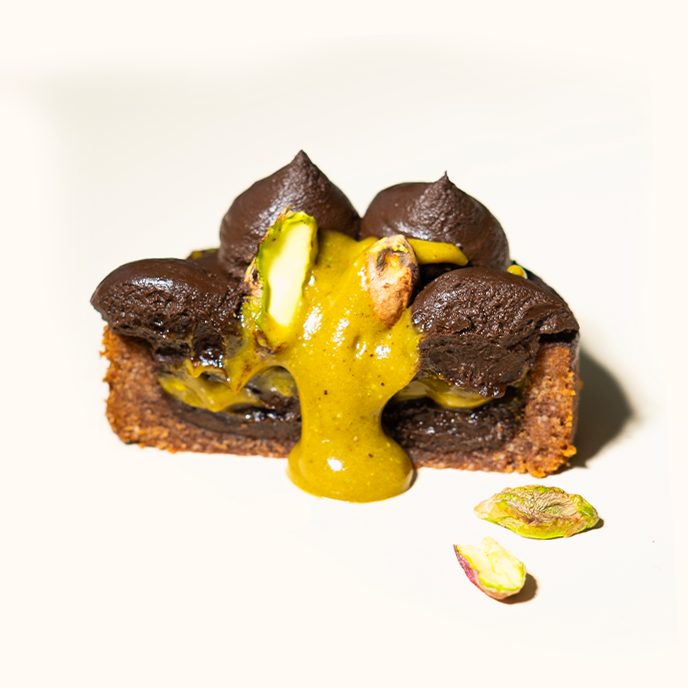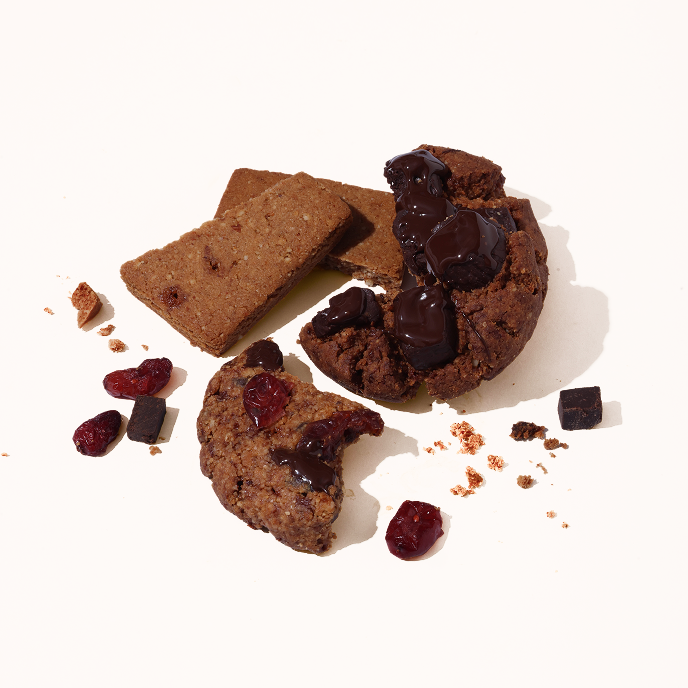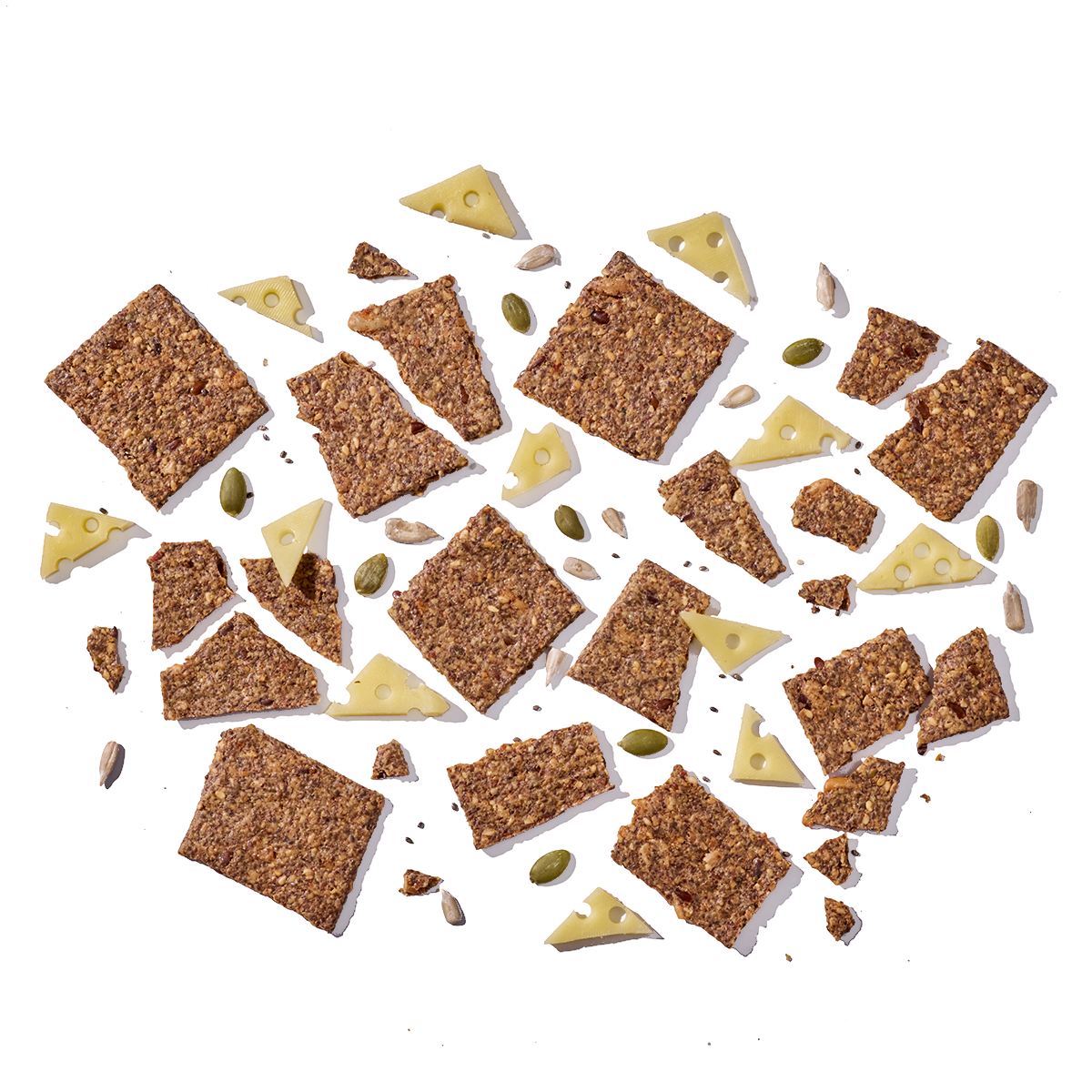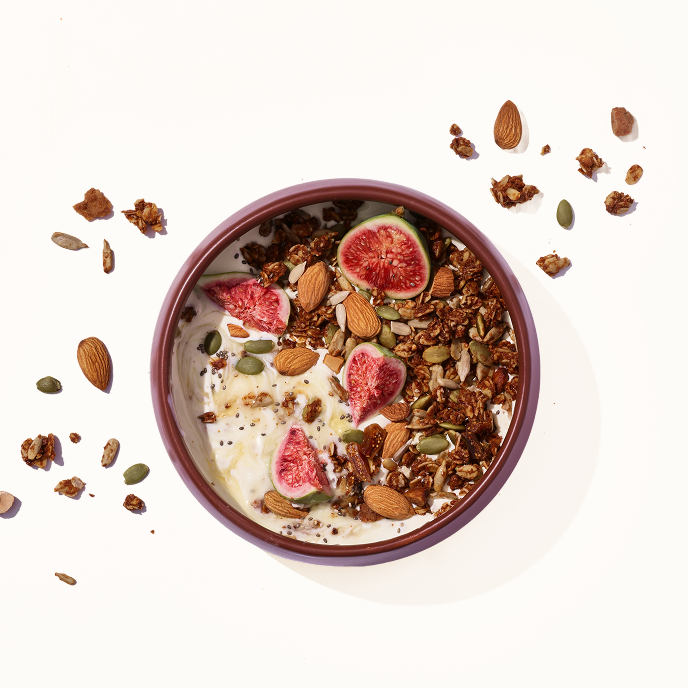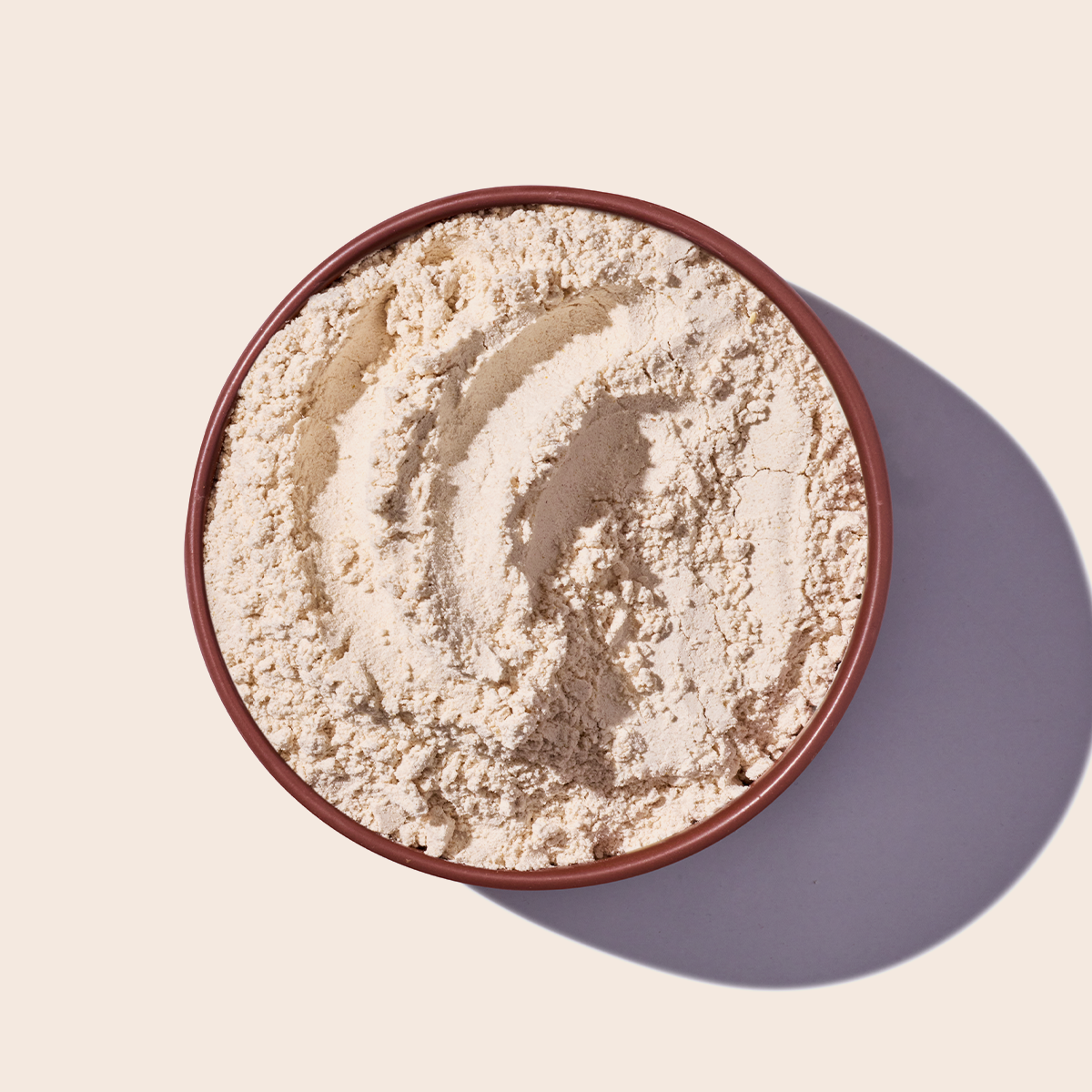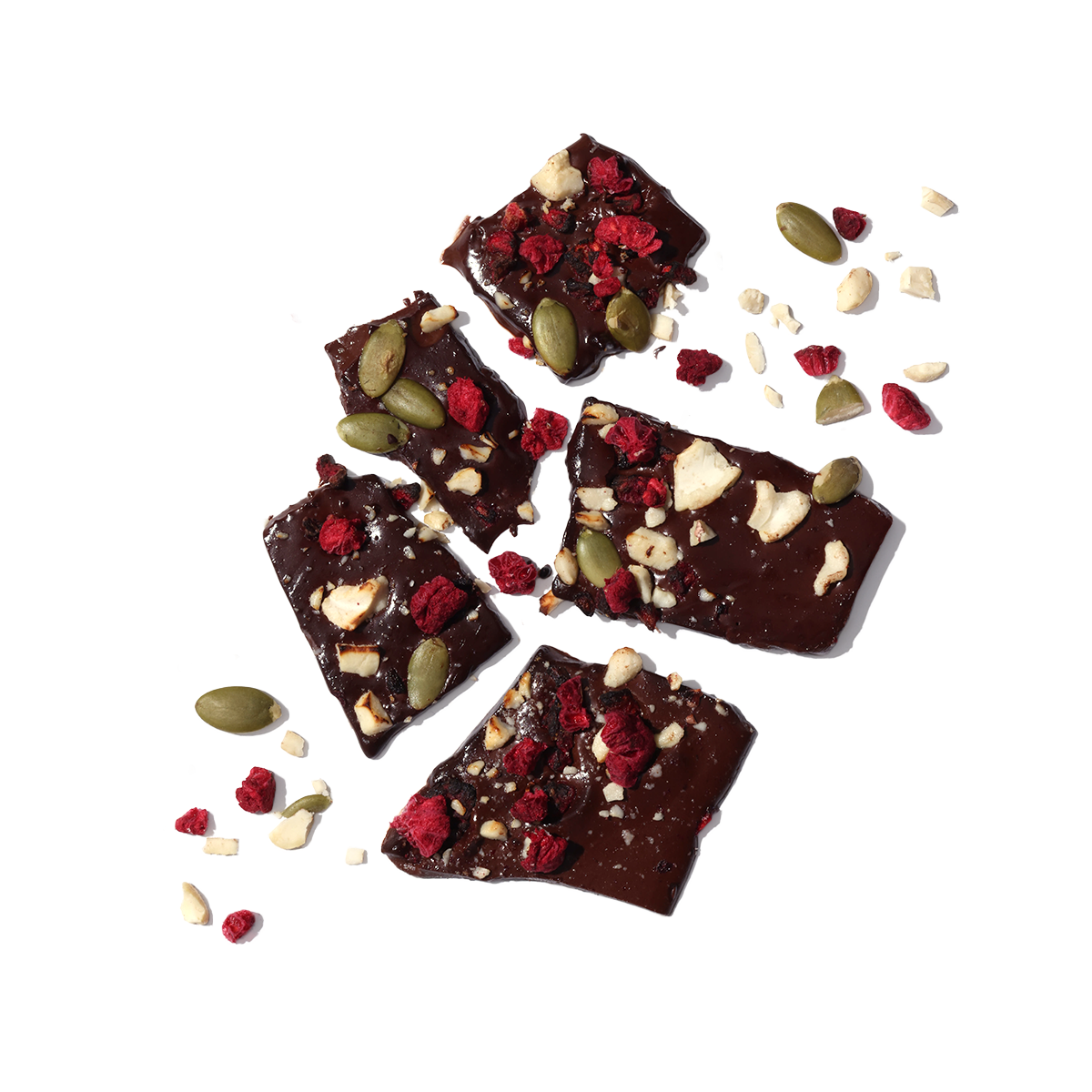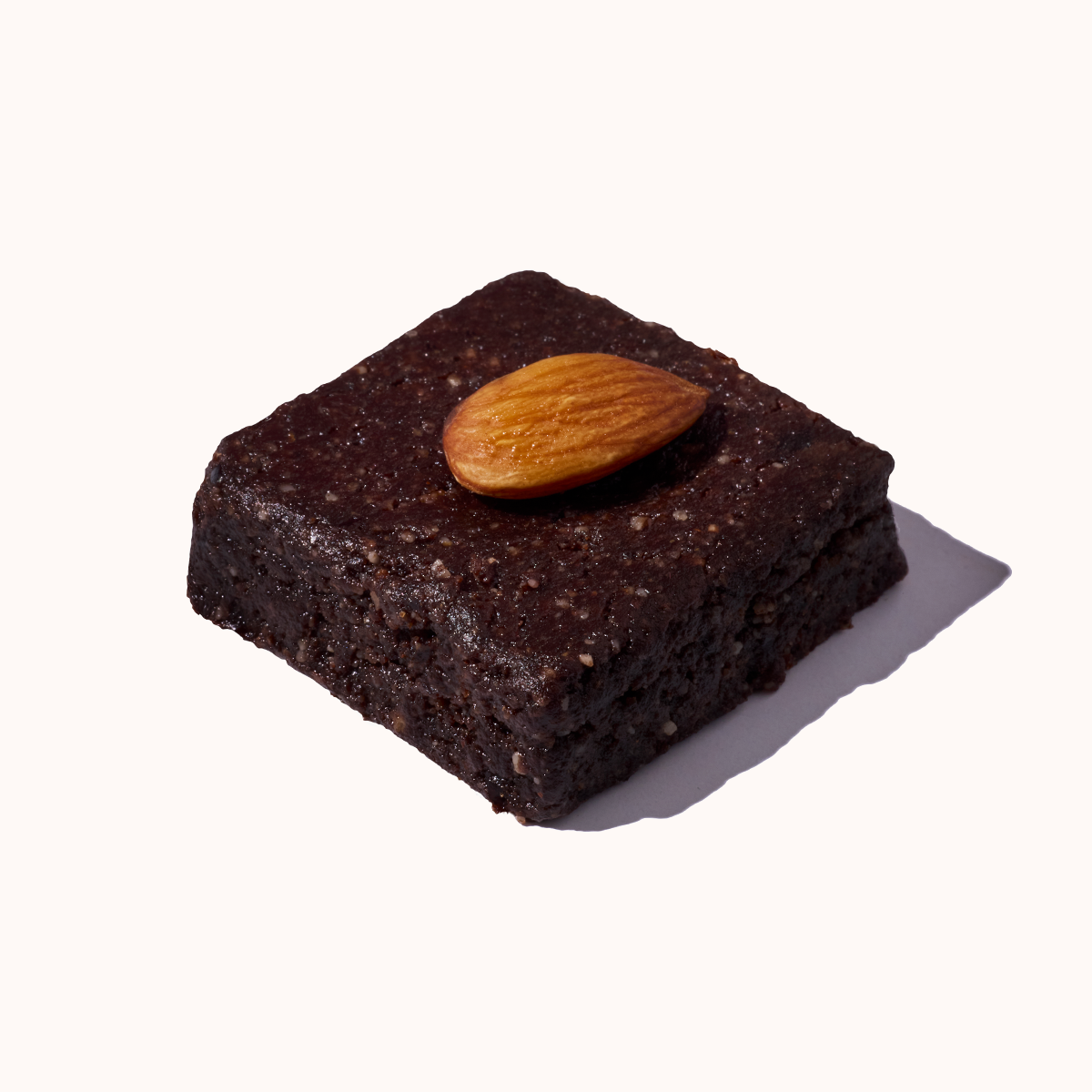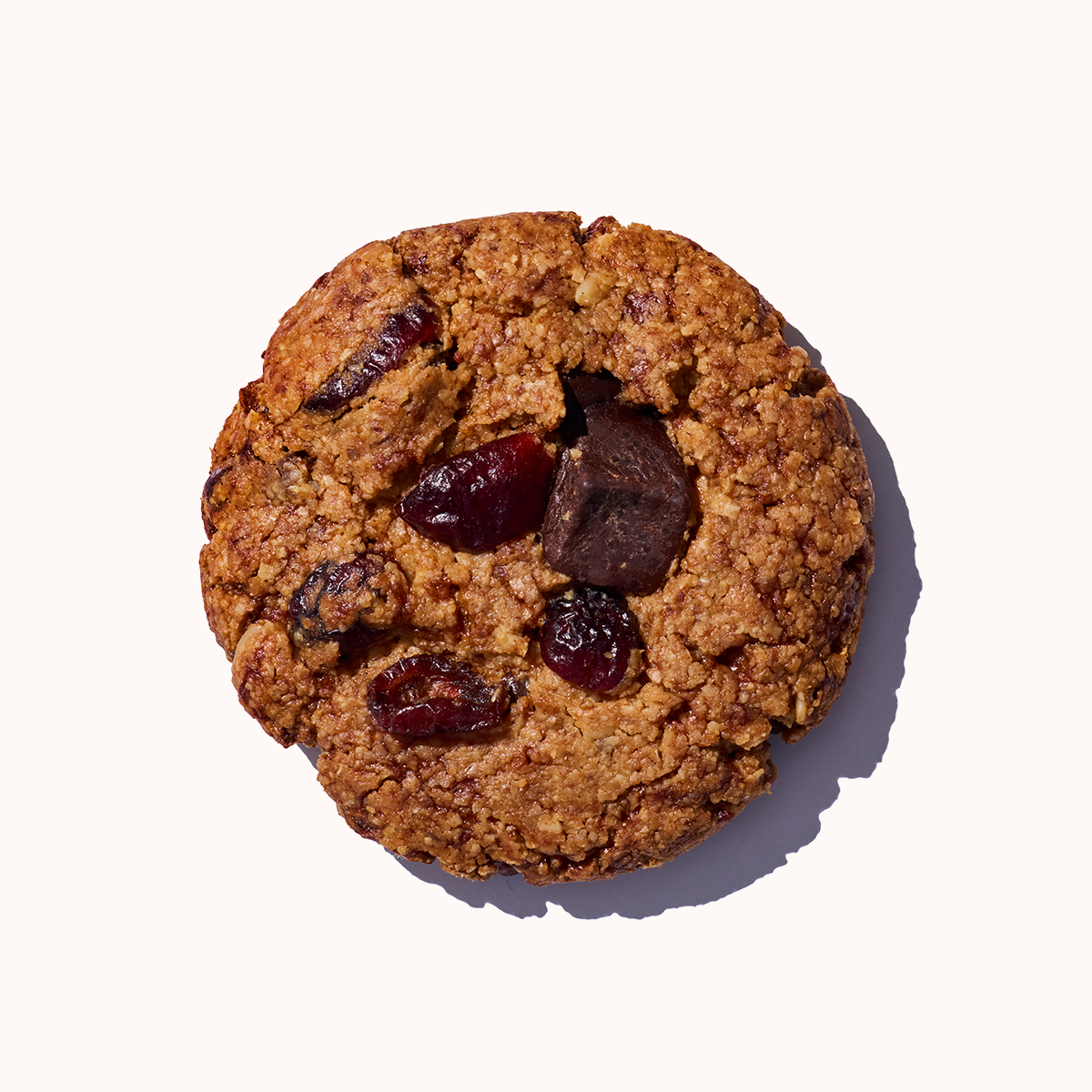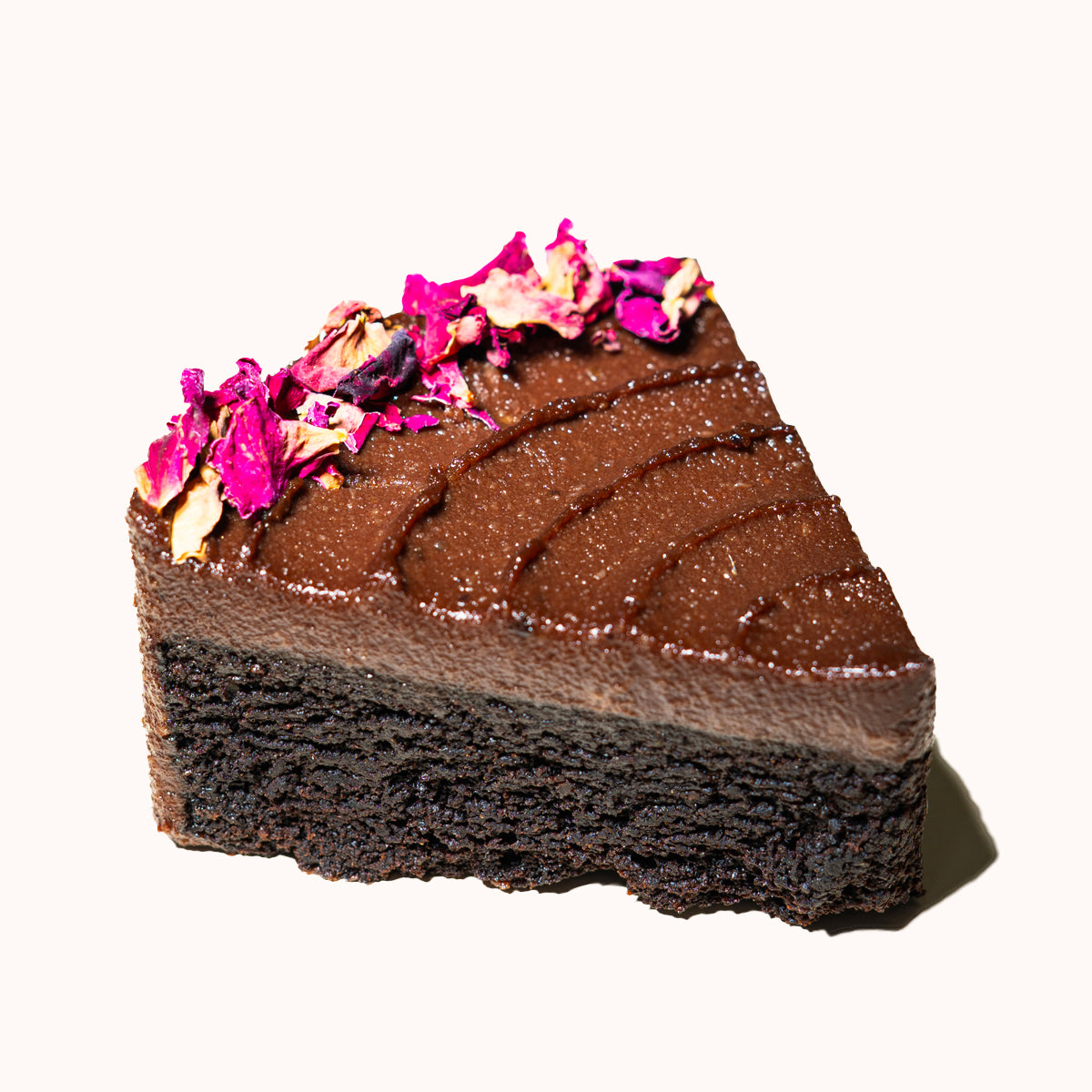So You’re a Diabetic with a Sweet Tooth? Let’s Talk Biscuits That Won’t Betray You.
Let’s be real—biscuits are practically a love language in Indian households. From dunking them in chai to sneaking them in as a midnight snack, they’re everywhere. But if you’re living with diabetes, those innocent-looking treats can turn into little blood sugar bombs.
Most store-bought biscuits? Loaded with refined sugar, maida, and unhealthy fats. Basically, the exact things you don’t want when managing blood sugar levels.
But here’s the sweet twist: not all biscuits are out to sabotage you. The rise of diabetic-friendly snacks (finally!) means you don’t have to give up on your cravings—you just have to snack smarter.
In this guide, we’ll break down everything you need to know before tossing a biscuit pack into your cart:
- The types of diabetes (trust us, it matters)
- The actually safe sweeteners to look out for
- And how to read nutrition labels like you’ve got X-ray vision.
Ready to meet biscuits that get your blood sugar struggles? Let’s roll.
Understanding the types of Diabetes:
It is of utmost importance to understand how diabetes affects your body, and what should one do to curb it! There are two types of diabetics:
Type 1 Diabetes
Type-1 diabetes is an autoimmune condition in which the production of insulin by the pancreas is alarmingly less.
It is diagnosed in children or young adults and needs regular insulin injections along with careful monitoring one’s diet and intakes.
Type 2 Diabetes
Type 2 diabetes is mostly associated with insulin resistance and can be curbed with significant lifestyle changes, diet, and medication.
Controlling blood sugar spikes by consuming low-glycemic, high-fiber food are areas where Type-2 diabetics should focus on.
No matter what type of diabetic you are, your ultimate goal at the end of the day is to choose foods that will help stabilize your blood sugar levels.
Ingredients to keep an eye on in biscuits if you are a diabetic:
While picking out biscuits for diabetics, always keep an eye on the long ingredient list. Here’s what should (and shouldn’t) be there:

-
Safe and Natural Sweeteners
Refined sugar is a big no-no.
Instead, check out the list below for some naturally sourced, low glycemic sweeteners that help in regulating the blood sugar levels, avoiding a hike:
-
- Stevia is a naturally-sourced, low-calorie sugar substitute that is safe for any type of diabetic. It is extracted from the leaves of the plant, Stevia rebaudiana.
-
Erythritol – The impact on the blood sugar levels after consumption of this substitute was observed to be extremely minimal. It also has no long-term digestive side effects.
-
Monk Fruit – It is rapidly gaining popularity in diabetic-friendly baking due to its natural sweetness.
-
Khandsari (Raw cane sugar in moderation) – It does have lower glycemic index compared to refined sugar but should be used sparingly.
Avoid: Maltodextrin, high-fructose corn syrup, aspartame, and refined white sugar.

-
Low-Glycemic Flours
Swap refined wheat flour for low-GI alternative in your day to day life:
-
-
Almond flour – It is high in healthy fats and fiber; along with being gluten-free and low carb.
-
Coconut flour – It is naturally sweet, high in fiber, and helps in regulating glycemic index.
-
Ragi (finger millet) – It has abundant calcium and iron, and is a complex carb with slow digestion.
-
Gluten-free Oats flour – Oats are a great source of soluble fiber (beta-glucan) which supports blood sugar regulation..
-
Almond flour – It is high in healthy fats and fiber; along with being gluten-free and low carb.
Avoid: Maida (refined wheat flour), semolina, and cornstarch.
-
Healthy Fats
It is a myth that Fats raise blood sugar directly. They do not! But choosing the right ones matters for heart health;
-
-
Cold-pressed coconut oil
-
Almond butter
-
Olive oil
-
Ghee (in a moderated amount)
-
Cold-pressed coconut oil
Avoid: Hydrogenated fats, vegetable shortening, and palm oil.
-
Added Functional Ingredients
For a nutritional boost, get your hands on biscuits that contain:
-
-
Flaxseeds are Omega-3 rich and fiber-loaded.
-
Chia seeds actively support digestion and stabilise energy.
-
Pumpkin seeds are a good source of magnesium and protein.
-
Cinnamon is a low GI ingredient that is known to improve insulin sensitivity.
-
Flaxseeds are Omega-3 rich and fiber-loaded.
Red Flags: What to definitely avoid!
Let’s start with artificial sweeteners.
While they may cut down on sugar, consuming them in high amounts over time has been linked to long-term side effects, especially when used as a daily go-to.
Then there’s sodium—often overlooked, yet many “healthy” biscuits pack in way too much of it. A high-sodium diet can quietly contribute to elevated blood pressure, especially if you’re already managing other conditions like diabetes or PCOS.
And just because the word “sugar” isn’t on the label doesn’t mean it’s not there. Many biscuits contain hidden sugars disguised as glucose, dextrose, fructose, or syrup—names that don’t stand out at first glance but still spike your blood sugar. Add refined grains and high carbohydrate loads into the mix, and you’re looking at a snack that might do more harm than good.
This is why checking the Nutrition Facts label is non-negotiable. Go beyond just the “sugar” line—look for total carbohydrates, fiber, and whether there are added sugars. One simple trick is to calculate net carbs (Total Carbs - Fiber = Net Carbs) to understand how much of the carbohydrate content will actually affect your blood sugar.
Best practices when you are buying diabetic-friendly biscuits
Mark your quick checklist before buying a pack:
- Is it gluten-free and refined flour-free?
- Does it use low glycemic index ingredients and natural sweeteners like stevia, monk fruit or Khandsari?
- Does it contain at least 2g fiber per serving to slow glucose absorption?
- Are there added superfoods or seeds for extra benefit?
- Is it preservative-free and not heavily processed?
At The Cinnamon Kitchen, we go a step further by offering completely gluten-free, refined sugar-free, as well as some diabetic-friendly biscuits that are not only clean-label but also rich in flavor. Every ingredient is handpicked to ensure it supports metabolic health and promotes preservative-free snacking.
Why do the specific ingredients matter?
Because every single one plays a crucial role in how your body responds—not just in terms of taste, but in how it balances blood sugar, supports energy levels, and nourishes you from the inside out.
Take almond flour, for instance. It’s not just a grain-free alternative; it’s rich in healthy fats and protein, which helps provide steady energy throughout the day and keeps sugar cravings at bay. It digests slowly, meaning you avoid those quick spikes and crashes that come with refined carbs.
Starting with stevia and monk fruit. These are natural, plant-based sweeteners that can help satisfy your sweet tooth without sending your blood glucose on a rollercoaster ride. They don’t cause any long-term side effects to your body when consumed in moderation. Unlike artificial sweeteners, which are hard on the digestive tract and they do not have the earthy taste.
Other than adding the much needed crunch, nuts and seeds are an important source of fibre, healthy fats and a rich source of key minerals. They slow down the absorption of sugars and help you feel satisfied for longer.
And of course we shouldn't forget coconut oil! Coconut oil offers flavor—but is that all that's important? Coconut oil is also a source of clean-burning energy and supports metabolic functions, while offering a rich feel and texture to biscuits.
The reality is, a diabetes-friendly lifestyle does not mean only removing sugar, but selecting nourishing ingredients instead of neglecting. When we bake or snack mindfully, we're not just managing our blood sugar levels but also intentionally improving our long-term health.
Frequently Asked Questions (FAQs)
Q. Is a biscuit safe for diabetics, if it is specifically marketed as “diabetic friendly biscuits”?
Not always! Numerous sugar-free biscuits in the market contain artificial sweeteners or high-GI starches. One should always check the ingredient list and net carb content.
Q. For someone dealing with pre-diabetes, what is an ideal biscuit as a precautionary measure?
A biscuit that contains natural diabetic-friendly sweeteners in moderation, uses flours that have a low glycemic index and has zero preservatives or additives is an ideal biscuit to consume. Having healthy fats is an added advantage.
Q. Can diabetic people eat biscuits daily?
In moderation, of course! — when they’re made with diabetic-safe ingredients. Try to find high-fiber, low-carb options.
At The Cinnamon Kitchen, every bite is crafted for balance, flavor, and function.
Buying biscuits for diabetics shouldn’t take a toll on you. Snacking without having to compromise is very easy once you know how to accurately read those wordy labels and have a good understanding of the ingredients safe for you.
You can start by choosing brands that are transparent and open about their ingredients and committed to answer all your questions to aid to your wellness.
Ready to explore diabetic-friendly indulgence?
Click here to check out our range of gluten-free, refined sugar-free, and low-carb biscuits that tick every box on this shopper’s guide.


